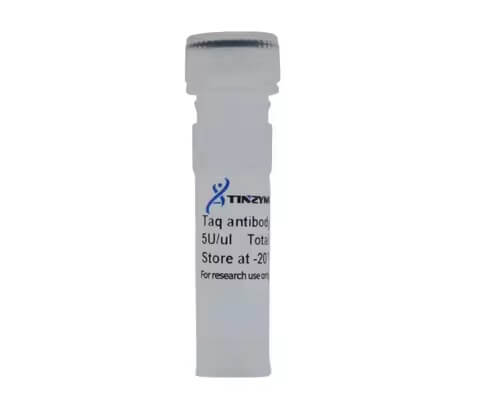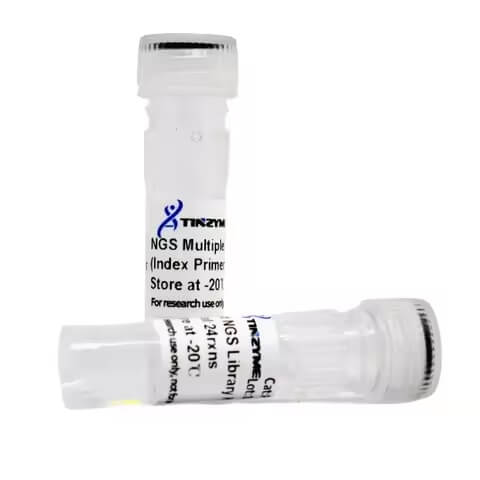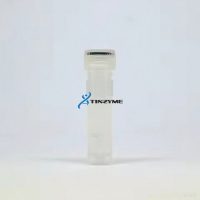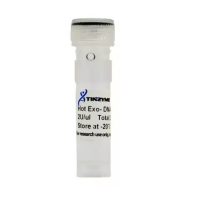
Taq Antibody
2025-01-13
NGS Library Quantitative Kit for Illumina
2025-01-13Hotstar DNA Polymerase
Product Number: PC11
Shipping and Storage
-20°C.
Components
| Component | PC11 500U | PC11 2500U |
| Hotstar DNA Polymerase, 5U/μL | 100μl | 5×100μl |
| 10× PCR Buffer | 1.8ml | 5×1.8ml |
Note: The 10× PCR Buffer of this product contains 15 mM magnesium ions.
Description
Hotstar DNA Polymerase is a mixture of anti-Taq monoclonal antibody and PC01 Taq DNA Polymerase, suitable for Hot Start PCR. When using Taq enzyme antibody for PCR amplification, the binding of Taq enzyme antibody to Taq enzyme inhibits DNA polymerase activity before high temperature denaturation, which can effectively inhibit the non-specific annealing of primers and non-specific amplification caused by primer dimers under low temperature conditions. The Taq enzyme antibody is neutral in the initial DNA denaturation step of the PCR reaction, and the DNA polymerase activity is restored to achieve the hot start effect.The use of this product does not require special inactivation of Taq enzyme antibody, and can be used under conventional PCR reaction conditions.
Hotstar DNA Polymerase has 5′ →3′ DNA polymerase activity and 5′→3′ exonuclease activity, but no 3′→5′ exonuclease activity. The enzyme extension speed is 2 kb/min, and it can amplify up to 5 kb in length fragment. The amplified PCR product has an “A” base attached to the 3′ end, so it can be used directly for T/A cloning. This product has the characteristics of fast extension speed and high amplification efficiency, and is mainly suitable for PCR amplification of DNA fragments, DNA sequence determination and other experiments.
Unit definition
Using activated salmon sperm DNA as template/primer, the amount of enzyme required to incorporate 10 nmol of deoxynucleotides into acid-insoluble substances at 74°C for 30 minutes was defined as 1 activity unit (U ).
Quality Control
After several column purifications, the purity of SDS-PAGE test is more than 99%; no exogenous nuclease activity is detected; no host residual DNA is detected by PCR method; it can effectively amplify single-copy genes in the human genome.


